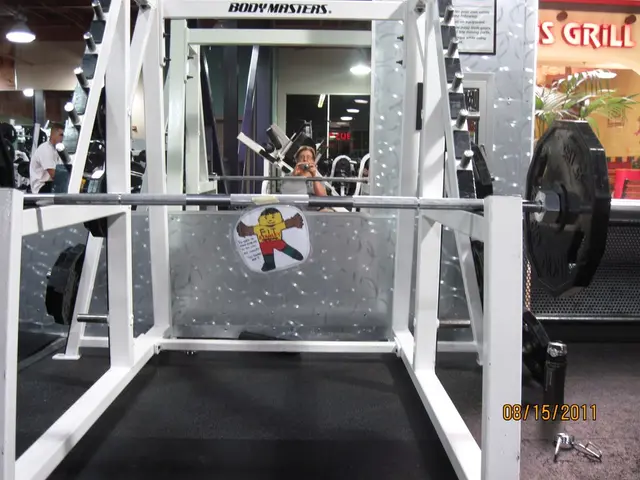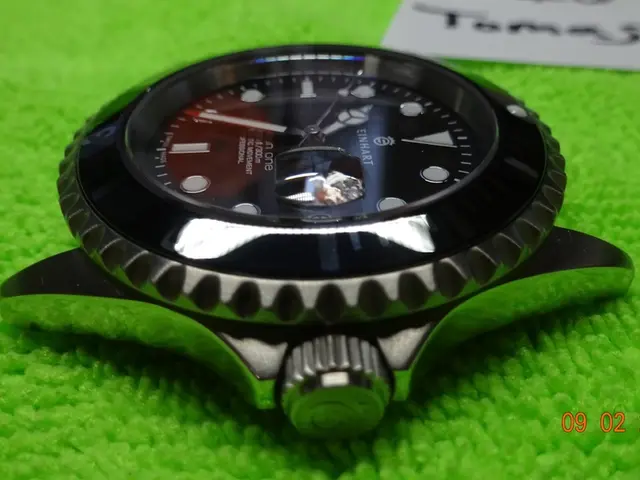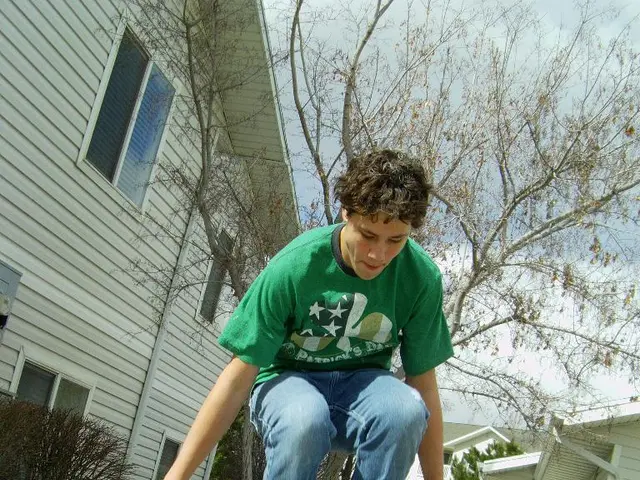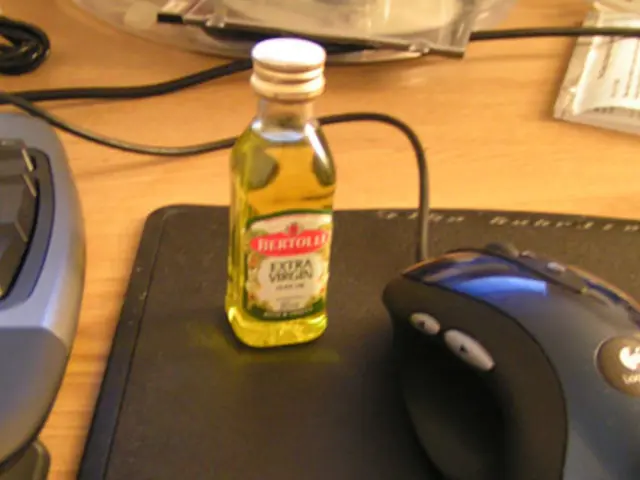Artificial Intelligence Revelation: Revised Age Estimate for Dead Sea Scrolls
AI Revolutionizes Dead Sea Scroll Research
An exciting breakthrough in Dead Sea Scroll research comes with the development of an Artificial Intelligence (AI) model named Enoch. This innovative tool promises to redefine the way we perceive the development of ancient Jewish writing styles.
Enoch, hailed by the University of Groningen (Netherlands), represents a significant leap in the realm of AI-powered archaeology. By merging radiocarbon dating and machine-learning-based handwriting analysis, Enoch offers estimates with unparalleled accuracy.
Researchers fed 135 binarized images of manuscripts into this ingenious model, subsequently seeking the evaluation of their date predictions from human paleographers. First results published in Plos One hint at many scrolls being older than previously presumed.
This tool offers a powerful means to validate, refine, or modify specific manuscript dates, often with a precision of 50 years for ages surpassing 2,000 years. The Dead Sea Scrolls, discovered seven decades ago, hold the oldest copies of the Hebrew Bible (Old Testament) and numerous ancient Jewish texts.
Until now, the general dating of these scrolls has been between the 3rd century BC and the 2nd century AD. Yet, pinpointing the age of each individual manuscript remained elusive.
Revealing a Fresh Historical Narrative
Preliminary findings reveal that the first results of Enoch challenge prior beliefs, suggesting that several scrolls are older than anticipated. Consequently, the understanding of two ancient Jewish writing styles called "Hasmonean" and "Herodian" now undergoes a shift.
Manuscripts in the "Hasmonean" script may date as early as 150-50 BC, contrary to the prevailing estimate. Meanwhile, the Herodian script emerges earlier in history, suggesting a coexistence with the Hasmonean script earlier than the 1st century BC, which was earlier believed to be the case.
Enoch boasts a 79% accuracy rate when cross-validated. With an uncertainty of about 30 years (plus or minus), it offers more precise date predictions for the period between 300 and 50 BC compared to direct radiocarbon dating.
Set to revolutionize Dead Sea Scrolls research, Enoch represents the first comprehensive model based on automatic learning. By employing raw image data, the model provides probabilistic predictions for the age of manuscripts. The melding of empirical evidence (physical radiocarbon dating and geometric character form analysis) lends an unprecedented degree of quantifiable objectivity to paleography.
Broadening Our Perspective on Ancient Judea
This new chronology of the scrolls profoundly influences scholars' perception of historical, political, and cultural events in the Eastern Mediterranean during the Hellenistic and early Roman periods. From the end of the 4th century BC to the 2nd century AD, it paints a clearer picture of ancient Judean literacy evolution.
By understanding when specific texts were written, researchers can explore the dynamics of literature and religious texts dissemination and development over time. They now have an opportunity to delve deeper into the rise of the Asmonean dynasty, the emergence of religious groups like those behind the Dead Sea Scrolls and early Christians, and urbanization's role in ancient Judea.
- With Lusa
The AI model, Enoch, is set to redefine the field of health-and-wellness by providing more accurate estimates of medical-conditions based on machine-learning-based imaging analysis, similar to radiocarbon dating. This groundbreaking technology could potentially revolutionize the diagnosis and treatment of modern medical conditions.
Furthermore, the advancements in science, represented by Enoch, could offer valuable insights into the history of health-and-wellness practices in ancient Judea. By understanding when specific texts were written, researchers can explore the evolution of health-and-wellness practices over time, providing a broader perspective on the cultural and societal aspects of this period.








